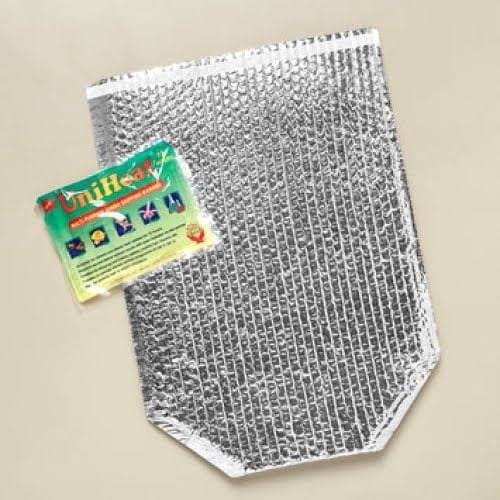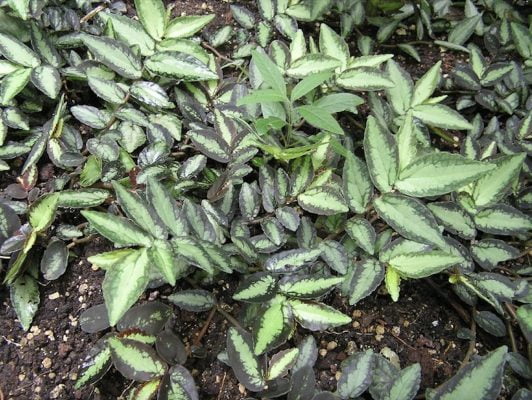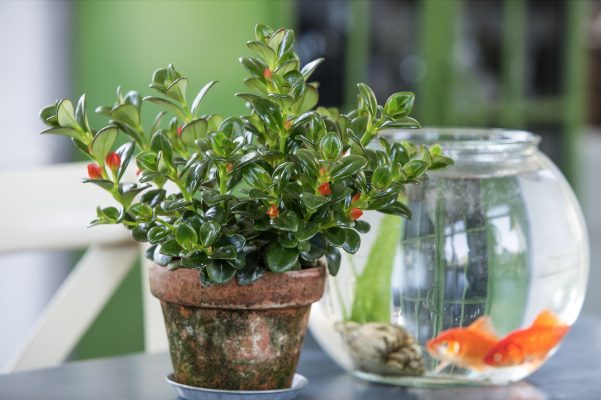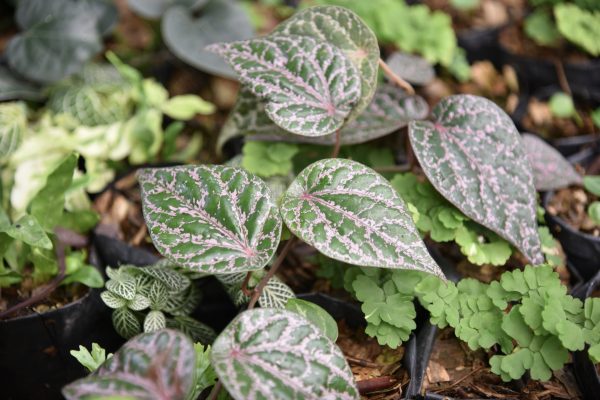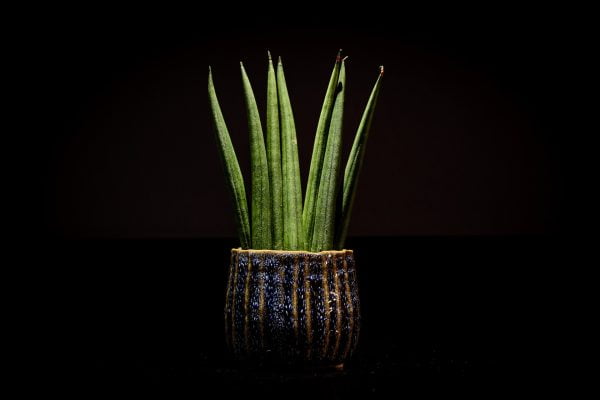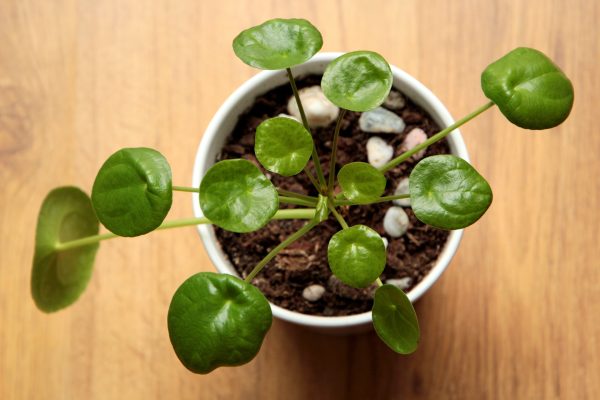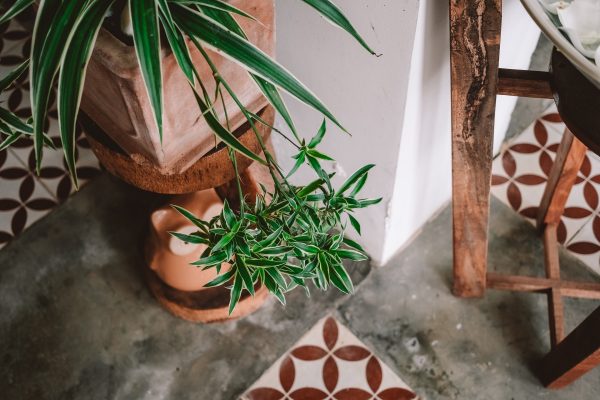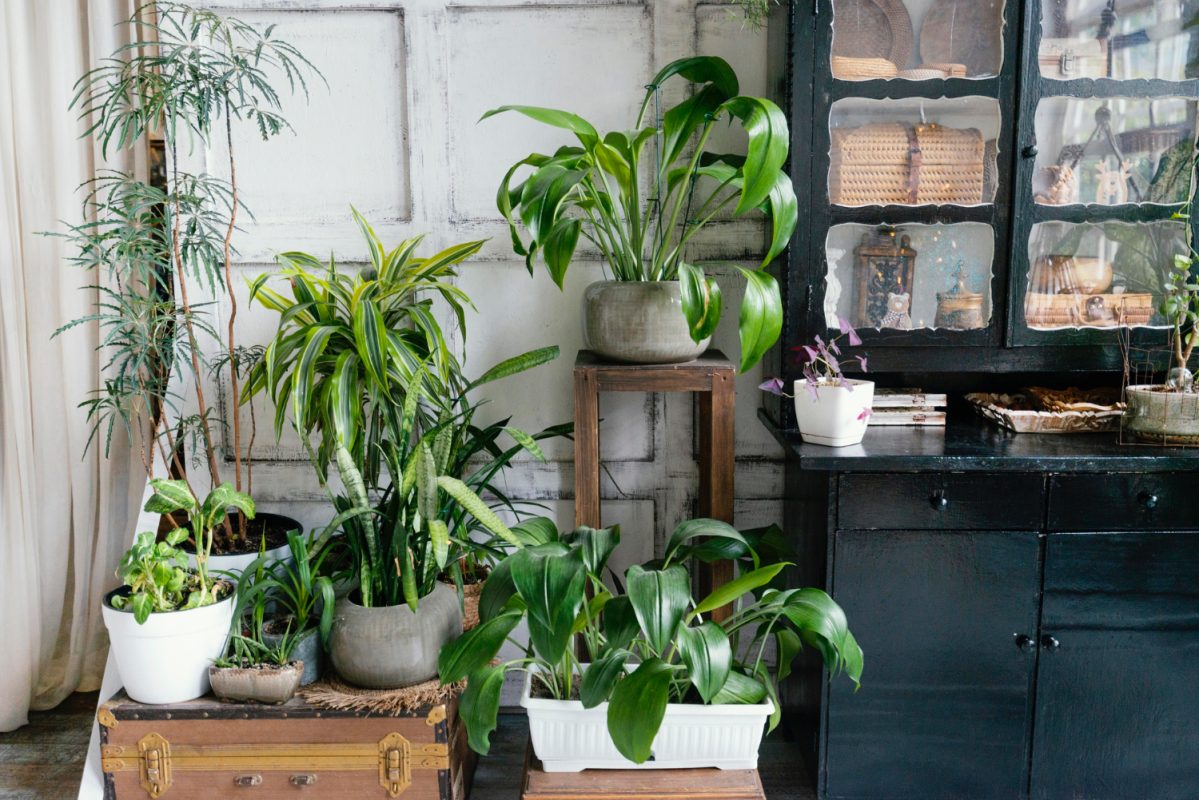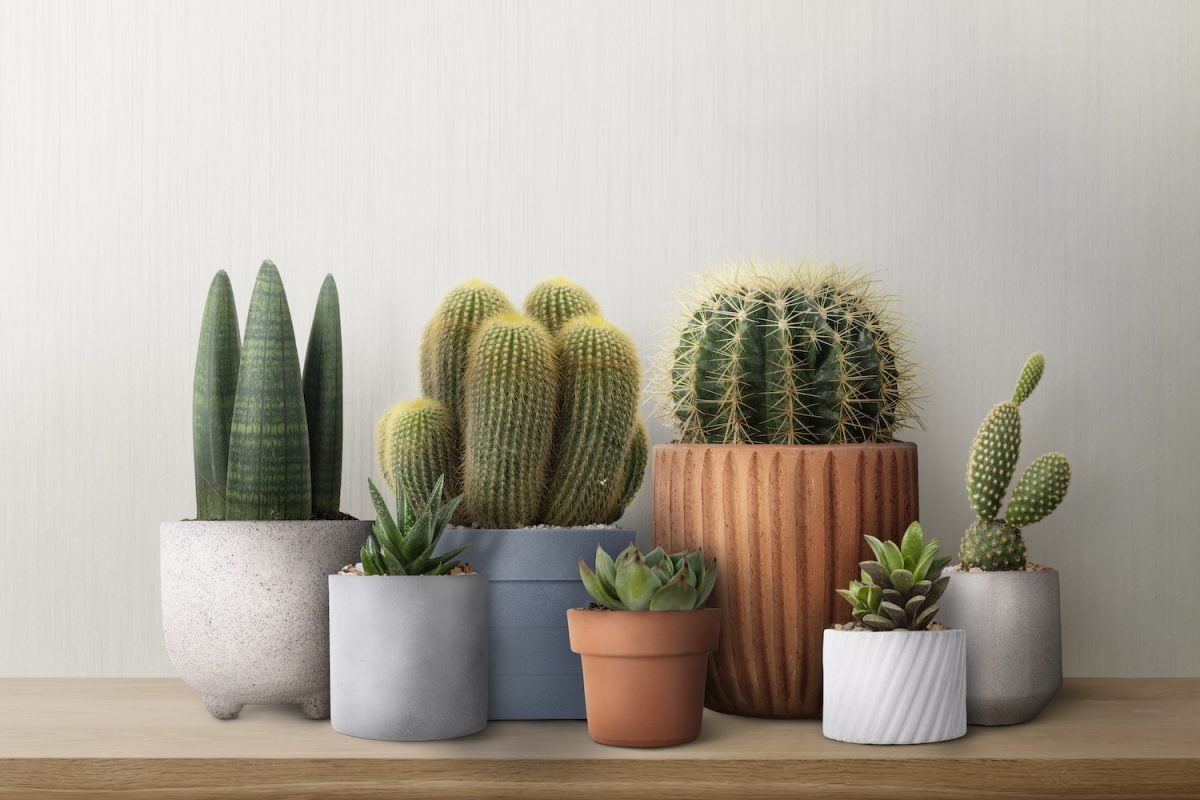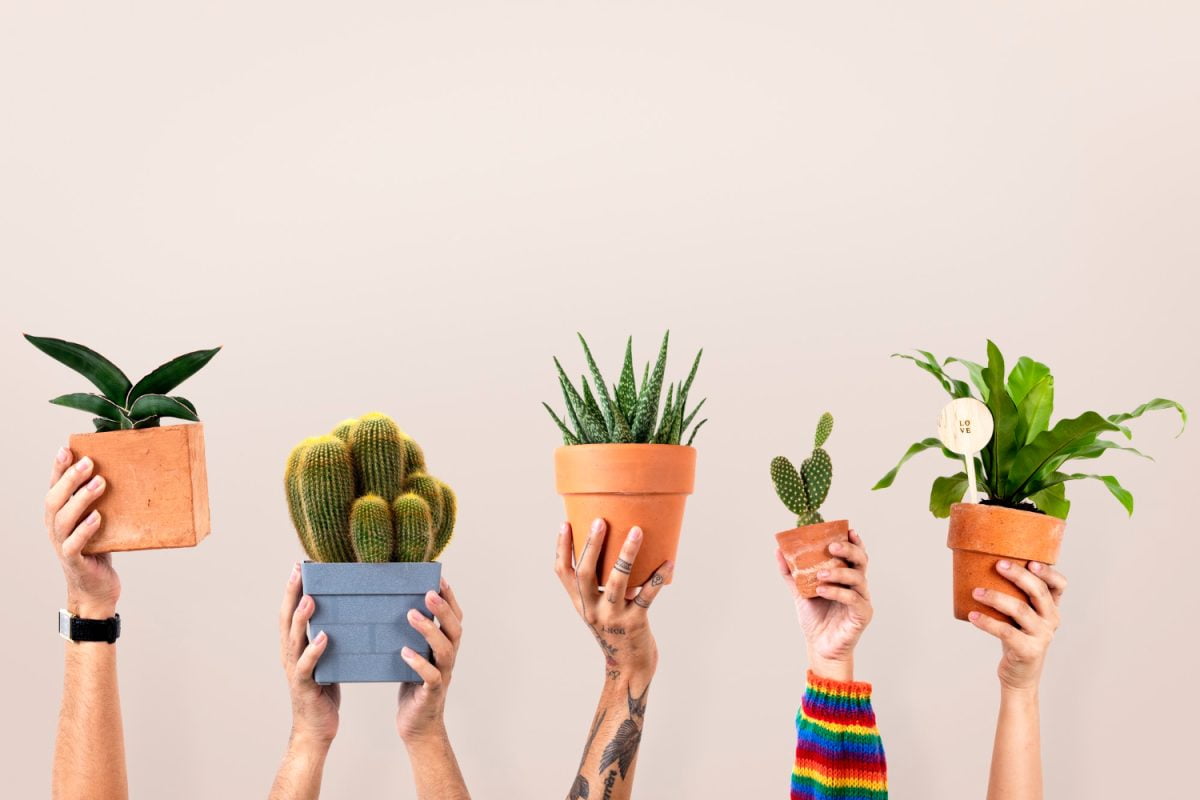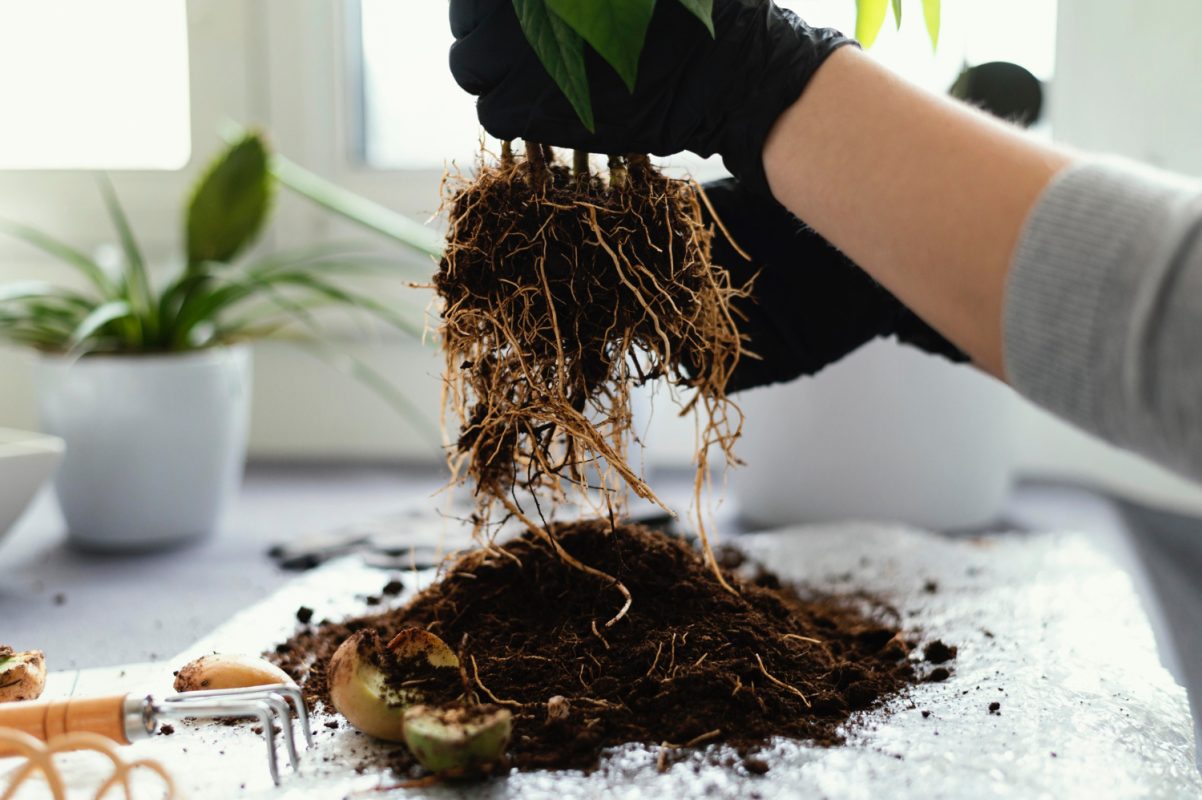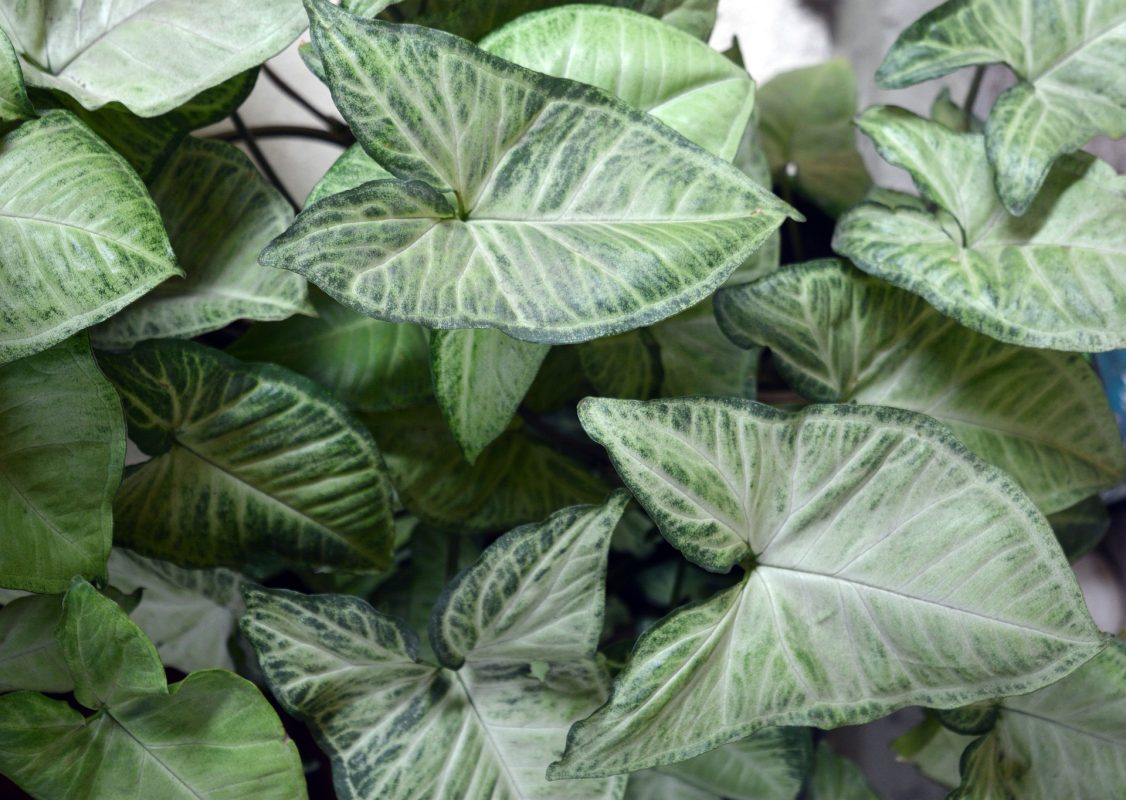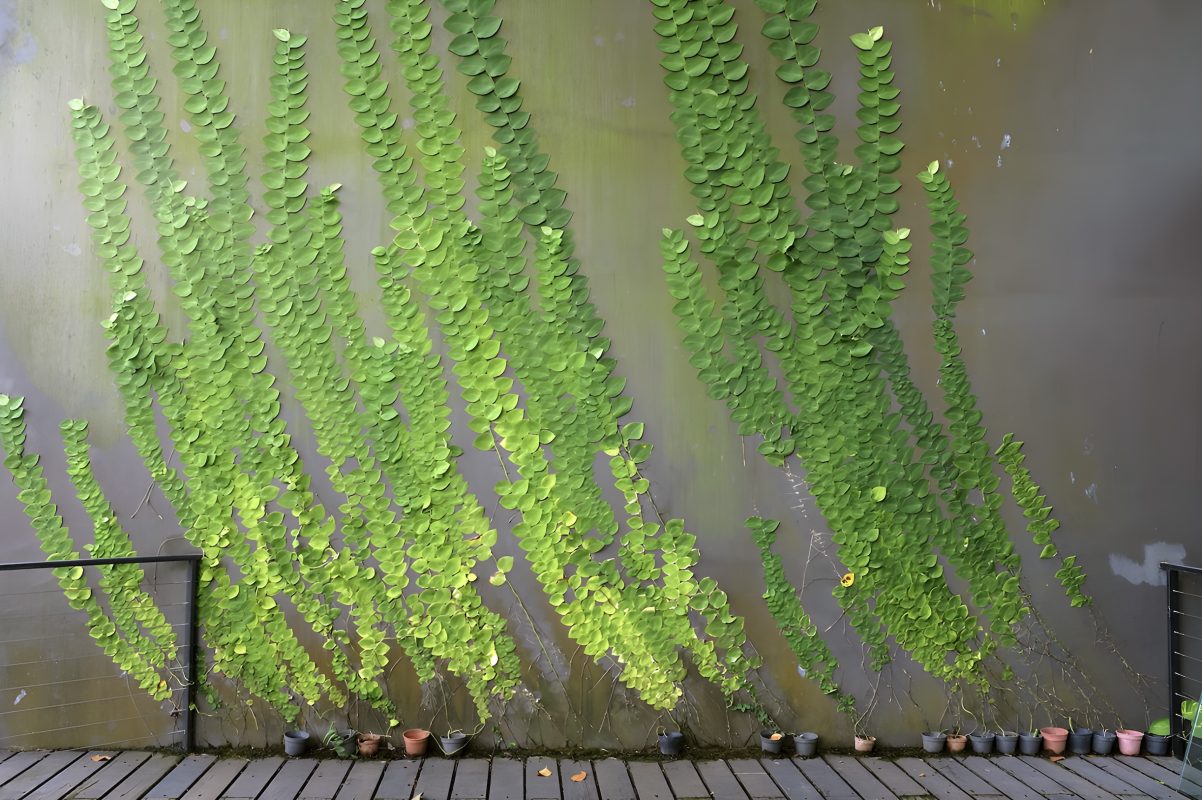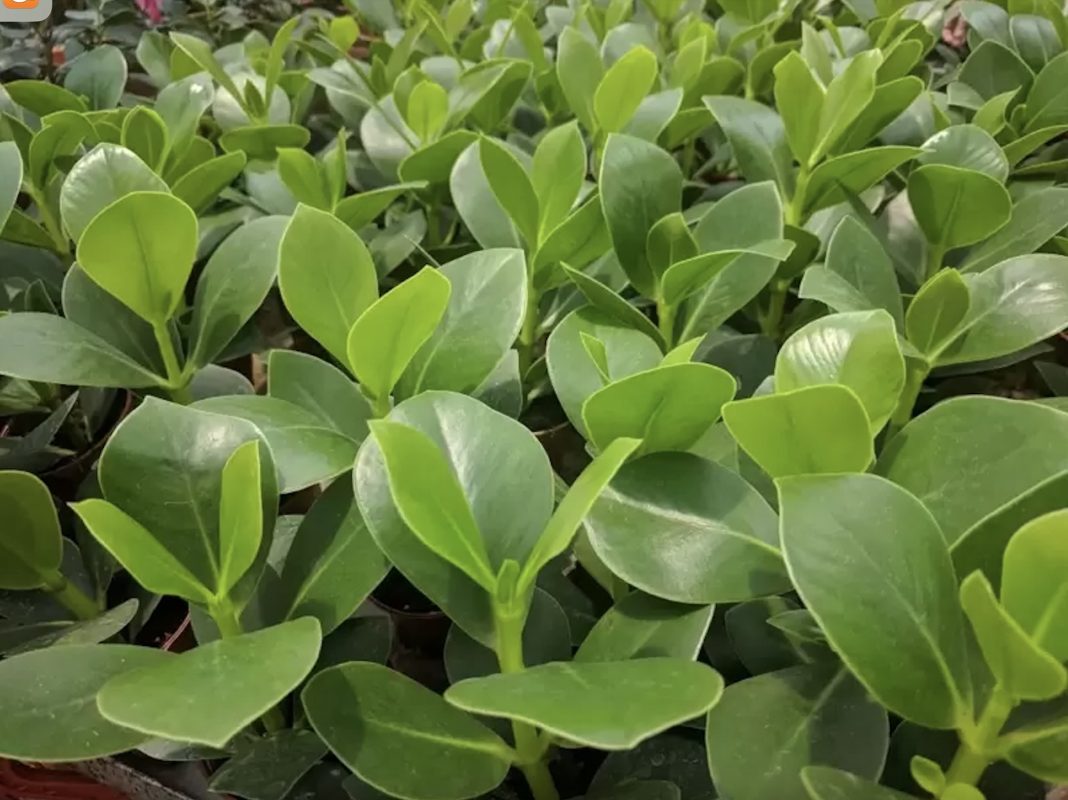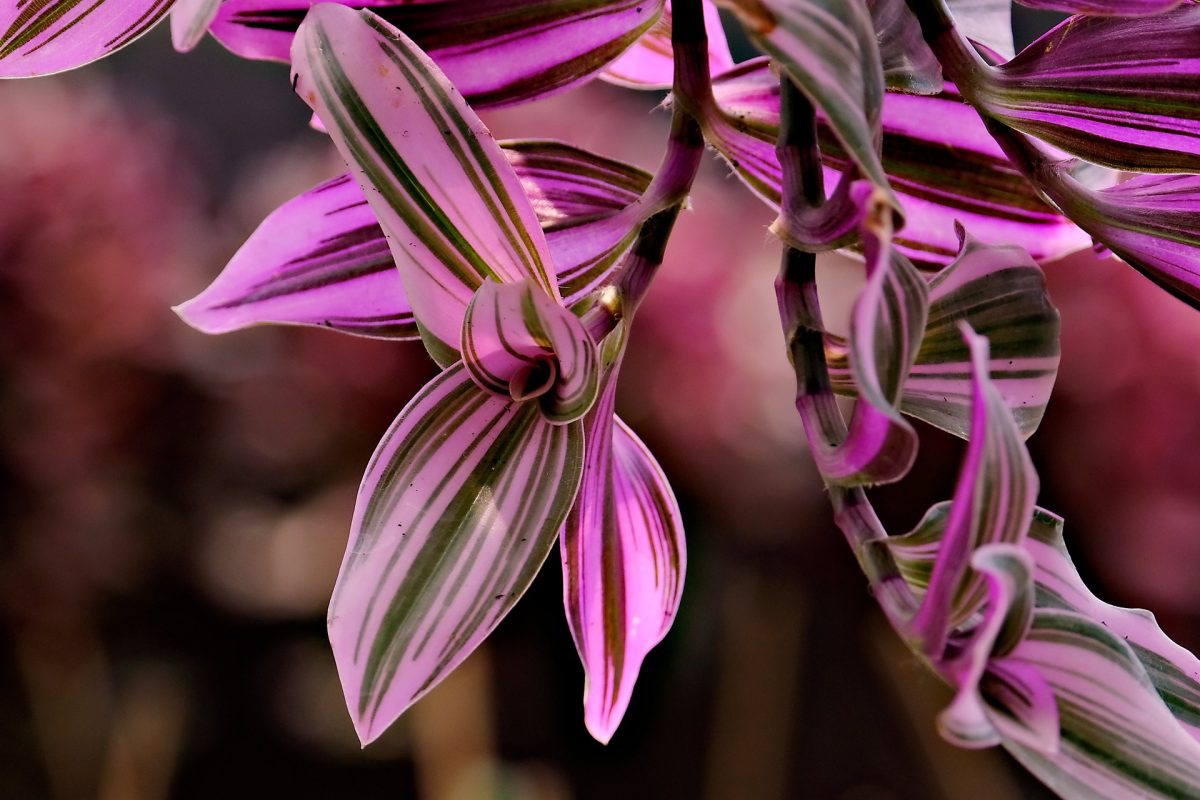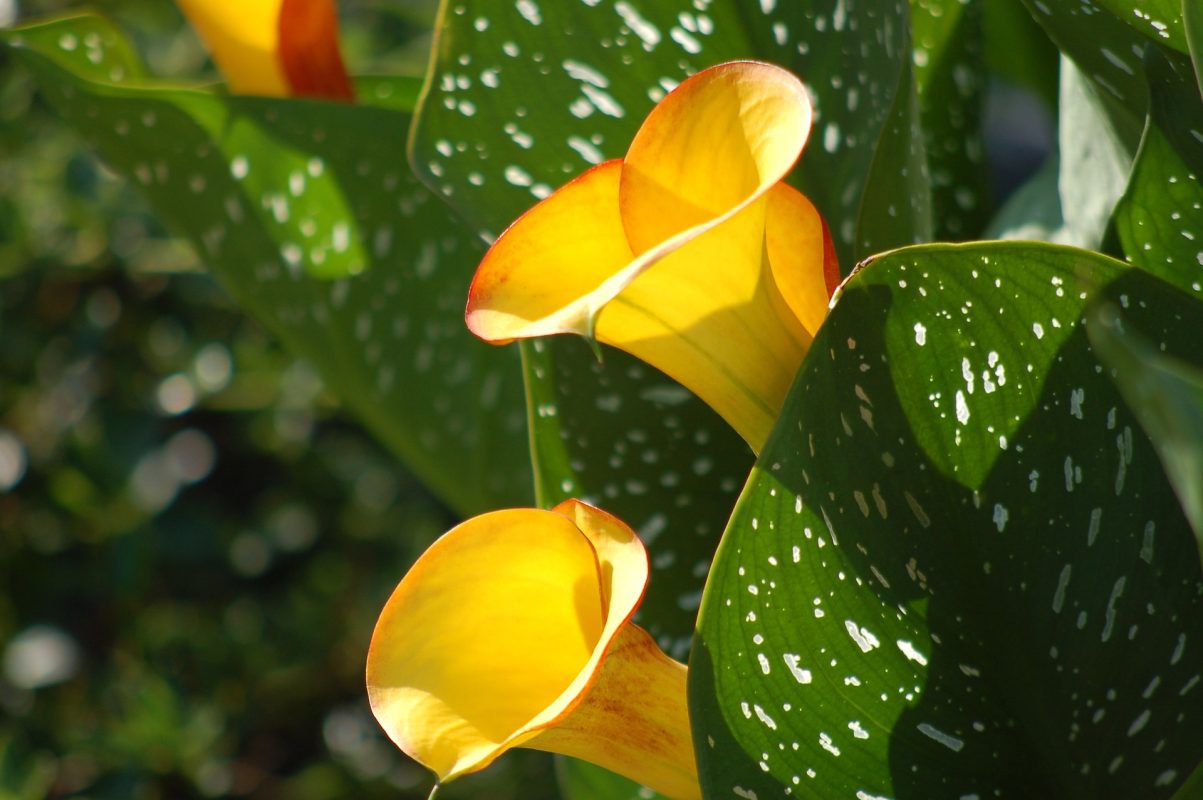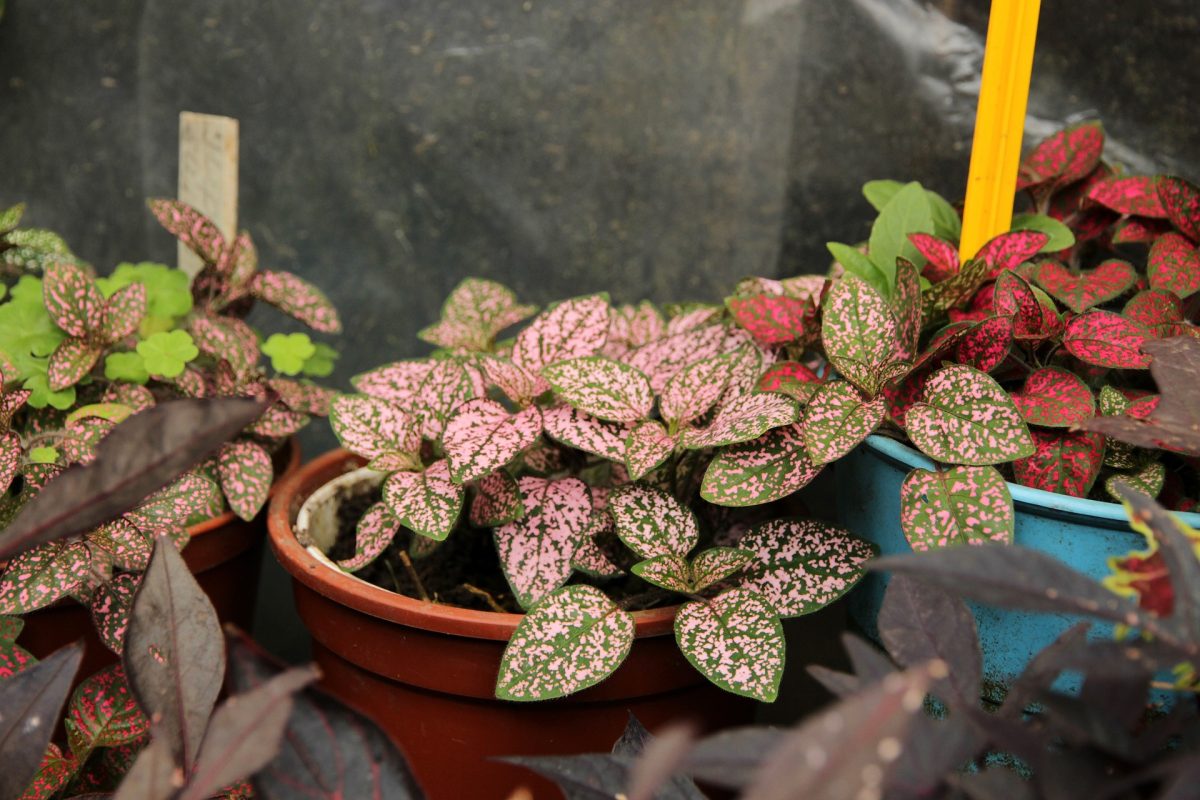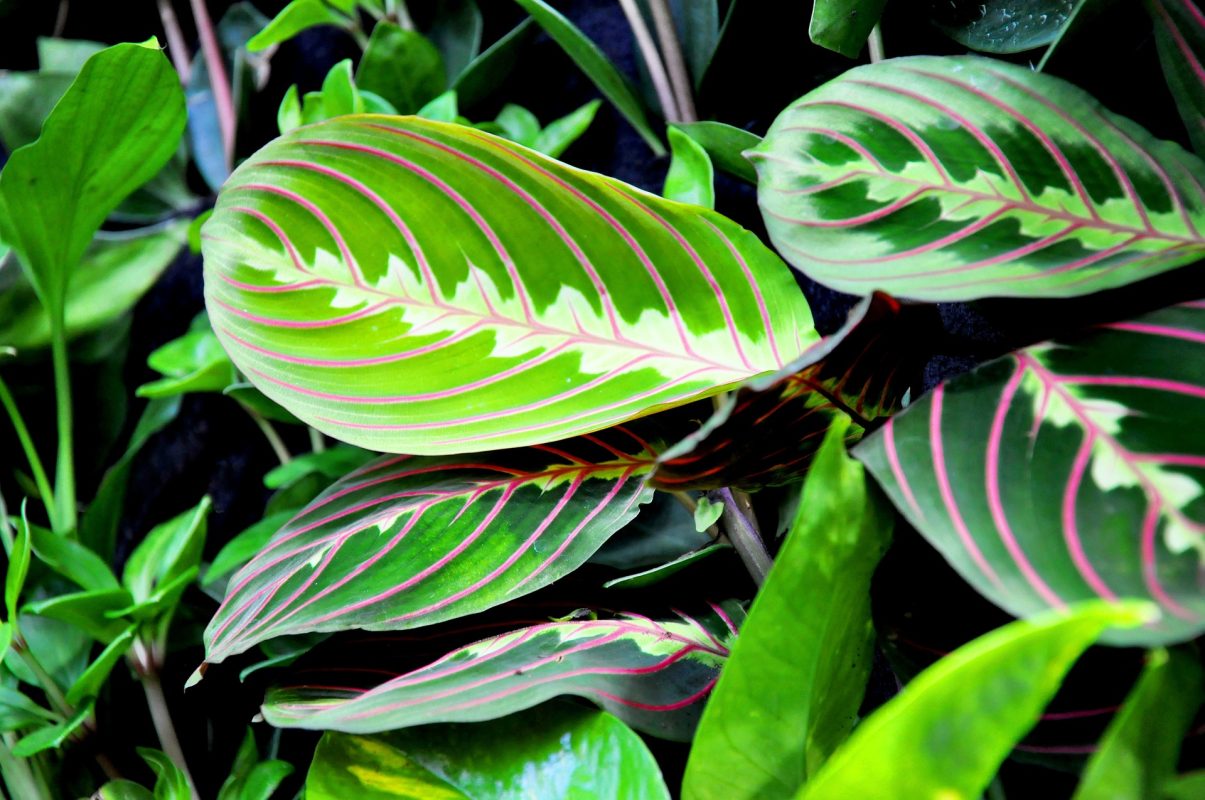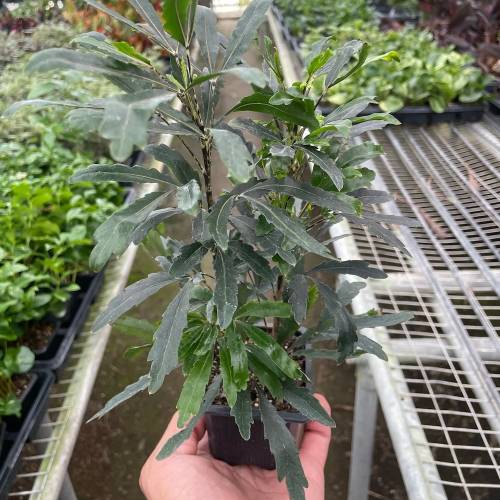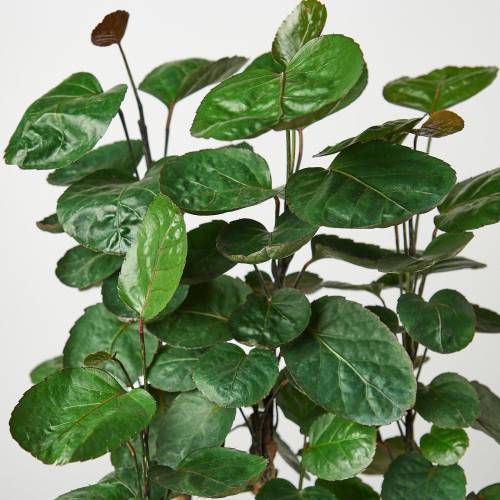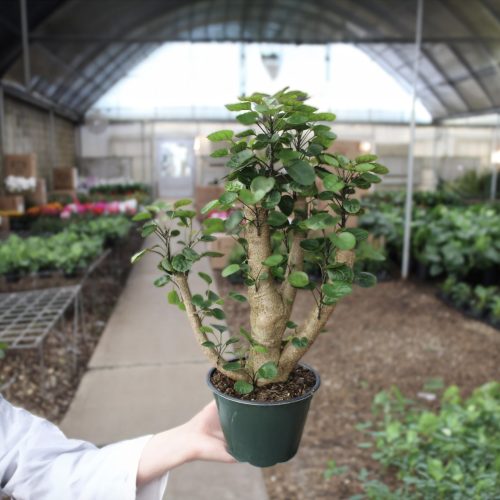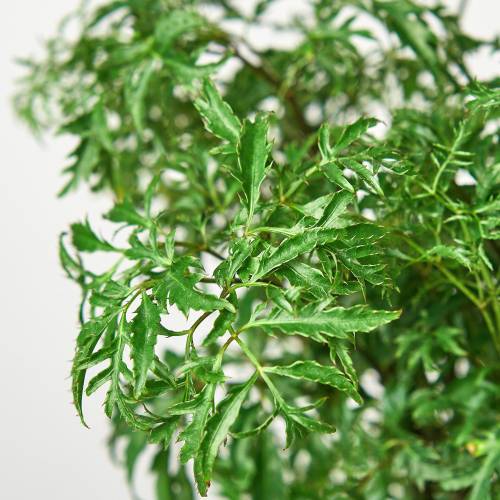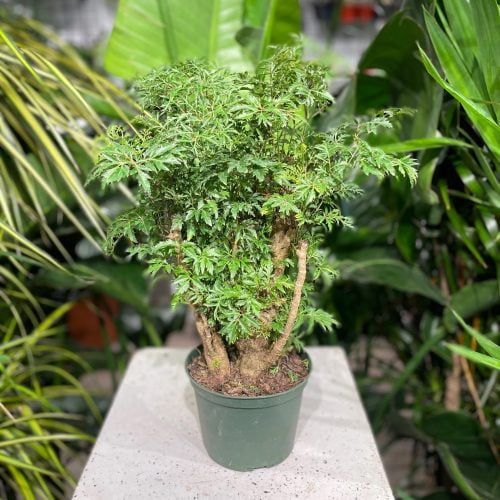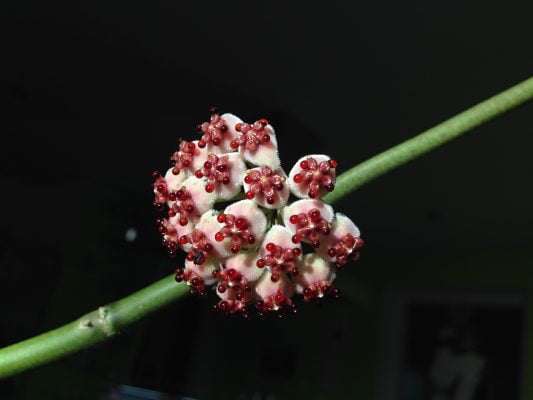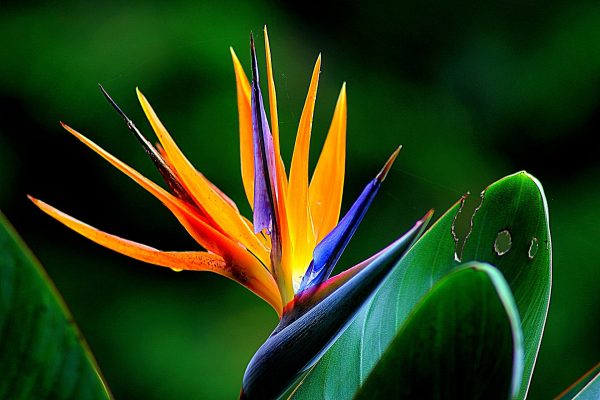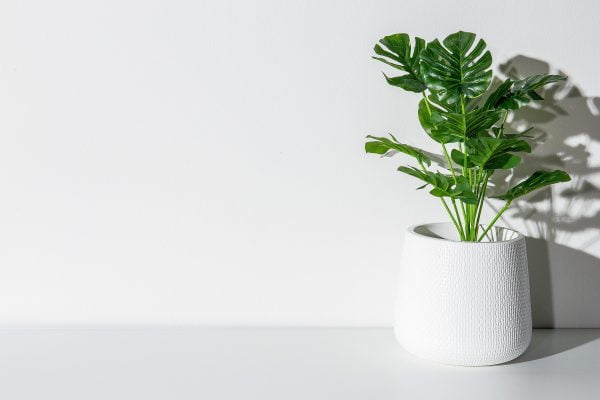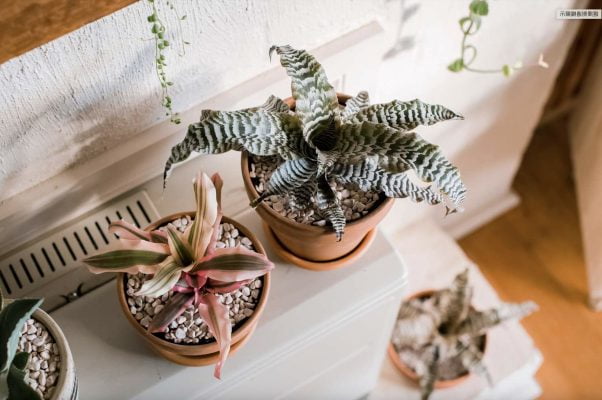Aralia, a genus of plants known for their diverse foliage and striking appearance, is a wonderful addition to any indoor garden. This comprehensive care guide will guide you through the essentials of cultivating and caring for Aralia, ensuring that these elegant plants grace your living space with their unique charm.
I. Plant Overview:
- Scientific Name: Aralia spp.
- Common Names: Aralia, Spikenard, Japanese Aralia
- Origin: Native to East Asia, Southeast Asia, and the Himalayas.
II. Light Requirements:
- Ideal Conditions: Moderate to bright, indirect light. Protect from harsh, direct sunlight.
- Tolerance: Adaptable to lower light conditions, but growth may slow.
III. Watering:
- Frequency: Water when the top inch of soil feels dry. Allow the soil to remain slightly moist.
- Water Quality: Use room-temperature water. Avoid overwatering, as Aralias are sensitive to waterlogged conditions.
IV. Soil:
- Type: Well-draining potting mix with a blend of peat moss, perlite, and pine bark.
- pH Level: Slightly acidic to neutral (pH 6.0-7.0).
V. Temperature and Humidity:
- Temperature: Maintain a consistent temperature between 60-75°F (16-24°C).
- Humidity: Aralias prefer higher humidity. Regular misting or placing a humidifier nearby can be beneficial.
VI. Fertilization:
- Schedule: Feed every 4-6 weeks during the growing season (spring and summer).
- Fertilizer: Use a balanced liquid fertilizer, diluted to half strength. Reduce or cease fertilization in the dormant season.
VII. Pruning and Maintenance:
- Pruning: Trim back leggy stems and remove yellow or damaged leaves. Shape the plant for a bushier appearance.
- Cleaning: Wipe leaves with a damp cloth to remove dust, ensuring optimal light absorption.
VIII. Repotting:
- Frequency: Repot every 1-2 years, or when the plant outgrows its container.
- Procedure: Gently remove the plant, inspect roots, and repot in fresh soil. Choose a container with drainage holes.
IX. Common Issues and Solutions:
- Yellowing Leaves: Overwatering or poor drainage. Adjust watering habits and ensure proper drainage.
- Pests: Keep an eye out for spider mites or scale. Treat with insecticidal soap or neem oil.
- Leaf Dropping: Sudden changes in temperature or light conditions. Gradually acclimate the plant to new conditions.
X. Propagation:
- Method: Stem cuttings or division.
- Timing: Spring or early summer.
- Process: Take a cutting with at least two nodes or carefully divide the plant. Plant in fresh soil and provide appropriate care.
Aralias are a testament to the beauty of foliage, and with the right care, you can showcase their elegance in your home. This guide equips you with the knowledge to foster healthy growth and maintain the visual appeal of these remarkable plants. Happy gardening!
our recommendation
you may also want to know



